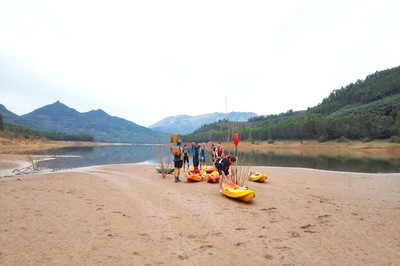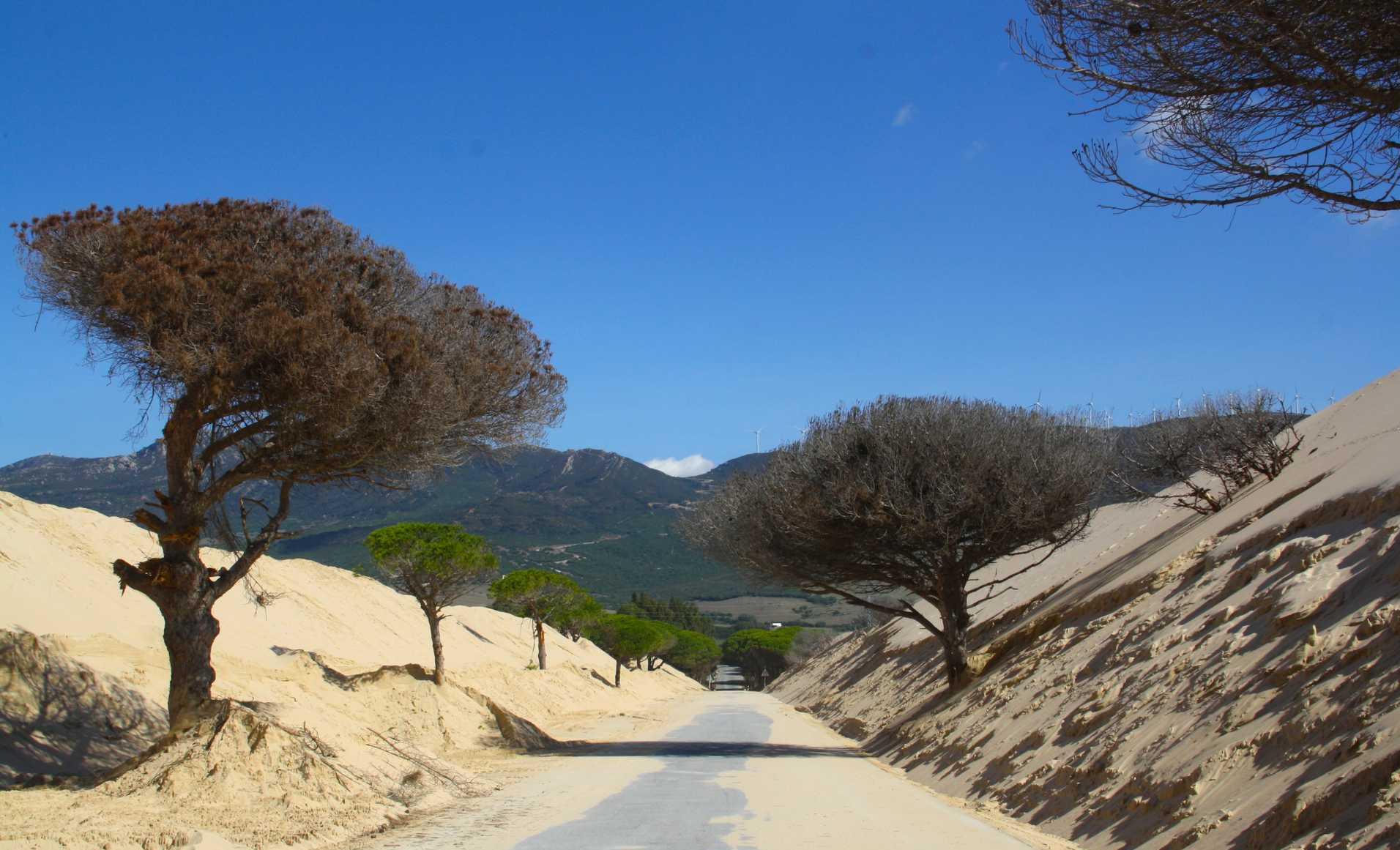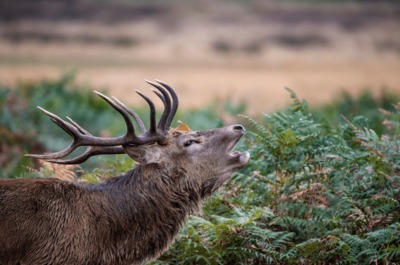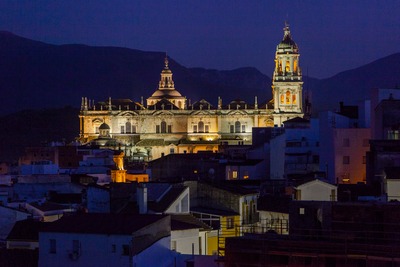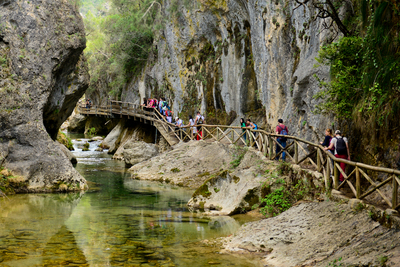Rus Archaeological Ensemble
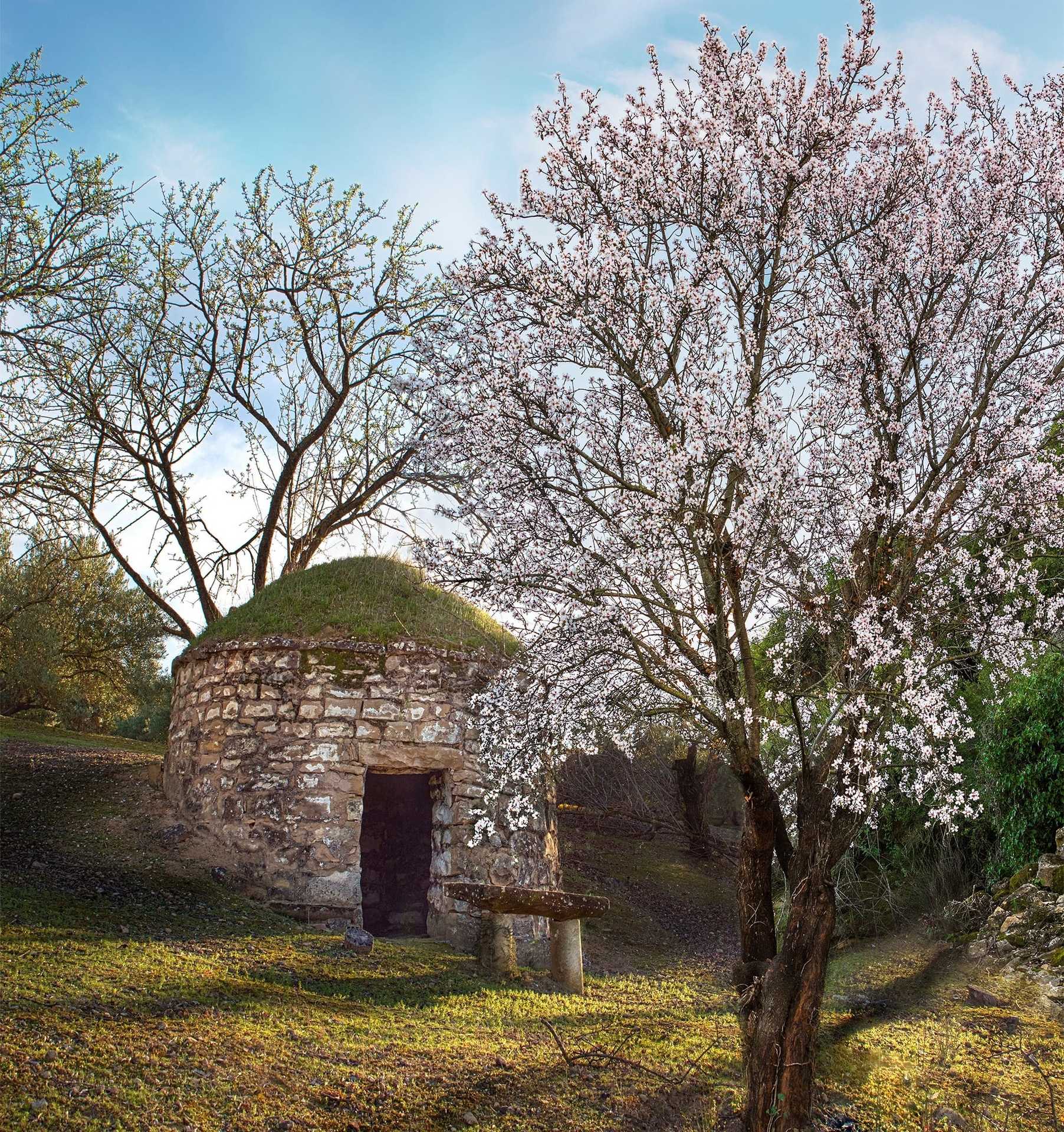
The small town of Rus, in the province of Jaén, has a rich and varied historical-monumental heritage. Surrounded by extensive fields of olive groves and with a long agricultural tradition, in the town of La Loma you will find treasures from the Visigoth era, Roman villas and countless buildings that were used as shelters by workers in the vineyards in the first half of the 20th century, and are today classified as Intangible Cultural Heritage.
Surrounded by vast expanses of olive groves in Jaén you will find Rus, a small town located to the south of the Guadalimar River, in the centre of the province. This municipal district treasures an extraordinary wealth of assets that has remained practically unknown until now, and which shows the passage of the different civilisations and their legacy in the heart of the province of Jaén.
The Romans were early settlers early in the area, after the conquests they made during the Second Punic War led by General Publius Cornelius Scipio Africanus. From this imperial era, in Rus you will find remains of the constructions that they built and that demonstrate how robust their architecture was. On a visit to the municipality, you can discover two Roman villas of great historical value and learn about what life was like for this civilisation in mainland Spain.
The first treasure in Rus is the Roman villa of Valcuenda. Located in the area around the Pantano del Giribaile reservoir, it is a medium-sized farm from the High Imperial period, consisting of a number of rooms that were used to produce olive oil and wine. To the north there are the ruins of another isolated building, a raised granary for storing grain.
But this is not the only Roman villa in this municipal district. In 2021, the Roman villa of El Altillo was discovered, including a stunning, gigantic mosaic measuring 19 metres by 8 metres. It consists of decorative elements, such as fleurs-de-lis and Solomon's knots and it is one of the largest in southern Spain.
If you are looking for footprints from other civilisations, in Rus you will find a stunning relic from the Visigoths, just 8 kilometres from the town and near the Guadalimar river. This is the Valdecanales Cave Oratory. It is the only one in southern Spain and consists of three caves carved into the rock. It can be identified firstly as an area dedicated to religious functions, easily recognisable by the façade with decorative arches, and secondly, there are remains of rooms that can be interpreted as a dwelling for a small community of hermits, although it appears to conceal so much more. History will tell us.
A visit to Rus can end with another of the town's great attractions: The Routes of the Snails as many as four walking tours). The route consists of more than 100 "caracoles" (constructions resembling snails), built in the first half of the 20th century of dry stone and used by their owners as refuges, surveillance points and warehouses. This type of construction was categorised by UNESCO as Intangible Cultural Heritage. And there is also a mediaeval Rus!


